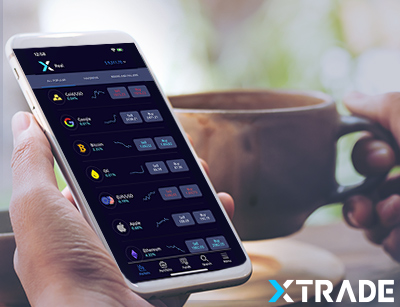Why Demand and Supply Don’t Determine Oil Prices?
By X-blogger - on March 6, 2023Oil prices make daily headlines, and oil continues to influence the global economy, often indicating its general health. WTI’s high price now – above $78 a barrel – gives evidence of the geopolitical instability in the world, which began a year ago when the eruption of the Russian-Ukrainian war pushed oil prices to almost $140, a nearly 14-year high. Yet low oil prices do not always bespeak the blossoming of the global economy either. When the world experienced the financial crisis and the onset of the Great Recession in 2008, oil crashed to an all-time low of $41.64 a barrel. If oil plunges as definitely as it soars in times of political and economic turmoil, are there other factors affecting its prices more unambiguously?
There are other drivers of oil prices – supply and demand in the market, the cost of extracting and producing oil, decisions of the countries belonging to OPEC, and investors’ sentiments. Yet none of these factors determines the price of oil with precision. Oil can always surprise the world, regardless of the influence of these traditional forces.
Take the supply and demand factor. You would think that the supply and demand ratio directly impacts the price of oil. Economists call this a Demand Law. They say when demand increases or supply decreases, the cost of goods climbs. Alternatively, when demand decreases or supply increases, their price slides. A retail price of an ice cream affords a telling example.
Statista shows that the 2023 price for ½ gallon of ice cream in the USA is $5.56. Suppose you can allow yourself a gallon of ice cream per day at this price. If retailers agree to sell ½ gallon of ice cream for $6.56, you will probably limit yourself to half a gallon. However, if they start selling ice creams at the 2006 price of $3.90, you might eat one and a half gallons daily. Although the Law of Demand makes sense concerning ice creams, it does not work as clearly with oil prices.
The problem is that the oil price is set in the oil futures market. A futures market is an auction market where market participants buy and sell commodities and futures contracts for delivery on a specified future day. An oil futures contract is a binding agreement that gives investors the right to buy oil by the barrel at a predefined price on a predefined date in the future. After sellers and buyers sign their oil futures contract, they must fulfill their side of the transaction on the date specified in the contract. Oil traders fall into two categories – hedgers and speculators – and have the power to influence oil prices regardless of oil supply or demand when they trade.
Indeed, large financial institutions, hedge funds, pension funds, and other investment funds tend to pour billions of dollars into the energy commodities market. Research shows that over the past few years, they have invested as much as $60 billion into the US oil futures market to capitalize on the oil price changes or hedge against them. Much of this additional investment has come from investment funds that do not use oil as part of their business. They are, therefore, involved in speculation, according to the Commodity Futures Trading Commission (CFTC).
Speculators do not produce or use oil but risk their capital trading futures in oil to profit from price changes. Reports indicate that some speculators have earned hundreds of millions of dollars in profits in the past couple of years by trading oil futures. Their affluence is, however, only a part of the problem. The large purchases of crude oil futures contracts by speculators have created an additional oil demand, driving its price higher. As far as the energy commodity market is concerned, the demand for a barrel of oil that stems from a speculator’s purchase of a futures contract is as actual as the demand for a barrel resulting from purchasing a futures contract by a refiner or user of petroleum. As speculators can artificially manipulate oil demand, neither demand nor supply influences oil prices fairly and predictably. The demand and supply factor reflects rather people’s greed and craftiness than the actual need for oil in the world.
The forces of supply and demand cannot fully account for the increases in oil prices. It is true that the global demand for oil has been growing thanks to the quick industrialization of China, India’s strength, and people’s desire for refined petroleum. However, even as global oil demand has jumped, global oil supply has increased even more, as have global oil inventories. According to the latest statistics, US oil inventories are at a level of 851.79 million, up from 850.62 million last week. At the same time, oil prices are on the rise, too. As of writing, oil extended gains for the third day, trading above $78 a barrel, amid evidence of China’s rebound and fresh signals the Federal Reserve may put the interest-rate hikes on hold this summer. These figures amply demonstrate that supply and demand in the market do not determine oil prices as clearly as it appears on the surface.
 First Deposit Bonus
First Deposit BonusFirst Deposit Bonus | Phone Verification | First Trade on us | Account Verification













